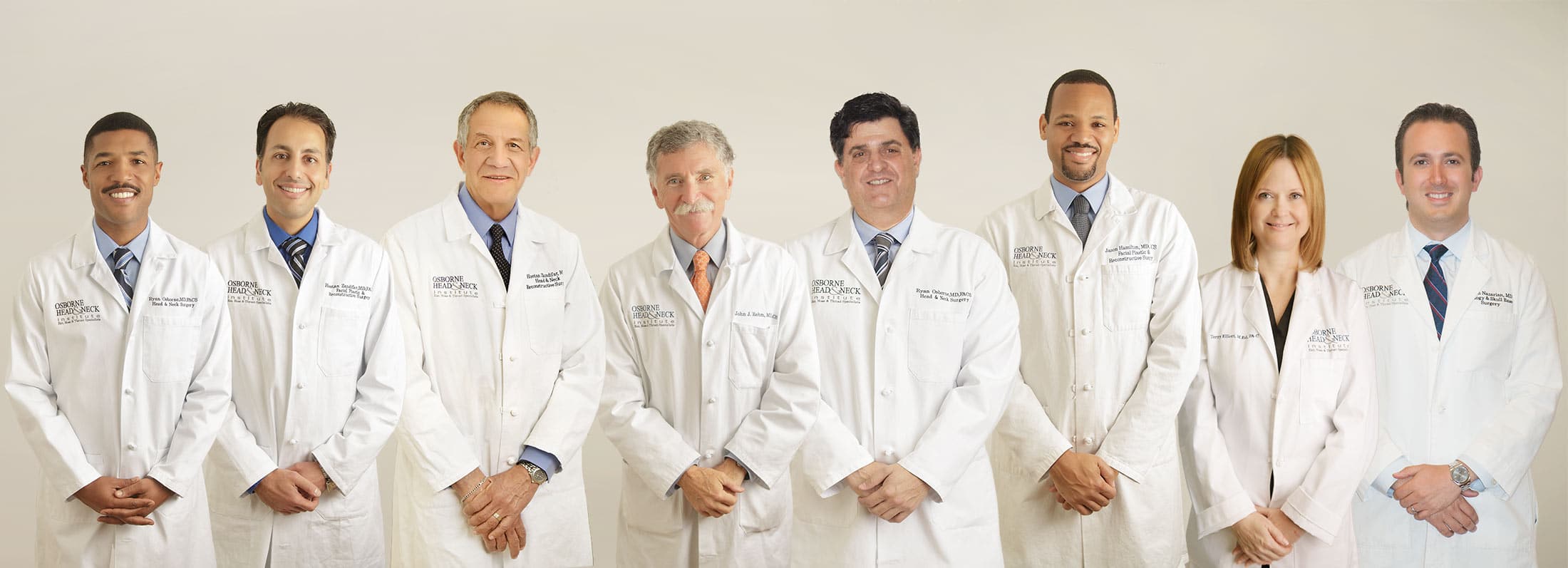Under the leadership of Dr. Ronen Nazarian, fellowship-trained otologist, the Division of Otology and Restorative Hearing Surgery values the conservative management of ear disorders. When surgery is required, he incorporates cutting edge research, technology, and, most importantly, compassion into the operating room setting.
Otologic surgery treats complex, minute anatomy, and requires the use of an operating microscope for most surgeries. This results in minimally-invasive surgery with most procedures having no visible incision or only a small incision behind the ear. There is minimal reported pain and patients are usually discharged on the same day as their procedure.
Hearing loss may be caused by problems that can be treated surgically. Some causes of surgically-treatable hearing loss include:
- Chronic Ear infection
- Trauma
- Growths, tumors
- Birth defects
- Uncontrolled Allergies resulting in ear symptoms
- Cholesteatoma
- Hole in the ear drum
- Exostosis (surfer’s ear)
- Otosclerosis
- Eustachian Tube Dysfunction
Some procedures may be done in the office setting, depending on the patient and the disorder. These include:
- Microwick procedure
- Myringotomy tube placement (ear tubes)
- Certain types of eardrum repair (myringoplasty)
- Middle ear injections
Other procedures may need to be done in a surgical center due to needed equipment, patient comfort, length of the procedure, and complexity of the case. These procedures include:
- Cochlear implantation
- Bone anchored hearing implant (BAHA)
- Tympanoplasty
- Mastoidectomy
- Stapedectomy
- Ossicular chain reconstruction
- Exostosis (surfer’s ear)
- Microtia Repair
- Canal atresia repair
COCHLEAR
IMPLANT
MIDDLE EAR
IMPLANT

BAHA
(BONE ANCHORED HEARING AID)
EAR DRUM
REPAIR
SURFER'S EAR
SURGERY
EUSTACHIAN TUBE PROCEDURES

HYPERACUSIS SURGERY
STAPEDECTOMY

MICROTIA REPAIR
SUPERIOR SEMI-CIRCULAR CANAL DEHISCENCE SURGERY


